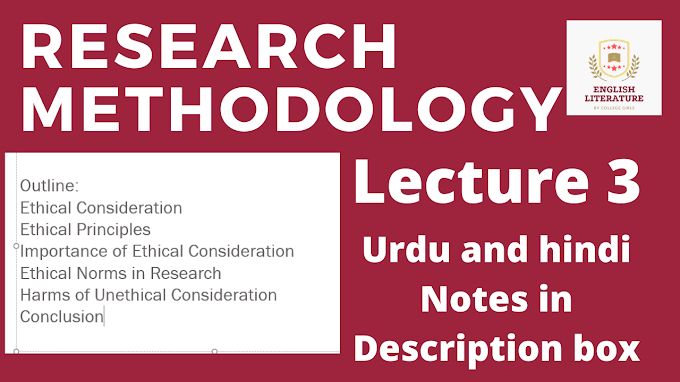Introduction:
Language is a fascinating tool that separates humans from other living things on Earth. It is a complex communication system that allows us to express thoughts, ideas, emotions, and knowledge. In this article, we will investigate the nature of language by studying its properties and functions, as well as drawing parallels with animal communication.
Characteristics of Language:
i. Universal: Language is present in all cultures and societies, demonstrating its universality as a fundamental part of human existence.
ii. Arbitrary: Language words and symbols have no inherent relationship to their meanings. The associations are formed by collective bargaining.
Language is not a fixed system; it is a creative system that permits us to construct an infinite number of meaningful and grammatically correct statements.
iv. Cultural and Social: Language is strongly embedded in culture and evolves in tandem with societal developments, reflecting a community's values, beliefs, and conventions.
v. Structured: Language adheres to precise rules and patterns, such as grammar, syntax, and vocabulary, allowing for effective communication.
Language Functions:
i. Expressive Function: Language allows us to articulate our thoughts, emotions, desires, and experiences, allowing us to express ourselves and our identities.
ii. Informative Function: Language facilitates knowledge sharing and acquisition, aiding education, research, and intellectual growth.
iii. Social Function: Language promotes social interactions by encouraging bonding, cooperation, and the development of social norms and practices.
iv. Persuasive Function: Language is a persuasive instrument that is utilized in arguing, negotiating, and influencing the thoughts and actions of others.
v. Creative Function: Language enables us to express ourselves artistically through literature, poetry, music, and many types of creative writing.
Animal Communication:
While animals communicate in a variety of ways, their communication systems differ greatly from human language. Animal communication is typically limited in scope and lacks the intricacy and adaptability of human language.
i. Symbolic Capacity: Animals rely mostly on instinctive and restricted symbolic movements, sounds, or messages, whereas human language has a large vocabulary and abstract symbols.
ii. Productivity: While animal communication is sometimes rigid and limited to specific circumstances, human language is highly productive, allowing for the invention of innovative expressions and ideas.
iii. Cultural Transmission: Human language, unlike animal communication, is culturally transmitted, passed down through generations, and susceptible to cultural evolution.
iv. Metacognition: Human language facilitates metacognition (the ability to think about and discuss one's own thoughts and opinions), whereas animal language does not.
Conclusion:
Language, with its distinct features and numerous uses, is a defining feature of humanity. It is a sophisticated and potent tool for facilitating communication, comprehension, and the expression of our collective human experience. While animals communicate in their own ways, the breadth and depth of human language distinguish humankind. We may continue to explore the depths of language, harness its power, and promote meaningful connections in an ever-changing world by appreciating its beauty and value.
Remember that language is more than just a tool for communication; it is also a portal to our collective intellect, emotions, and cultural history.




.png)


0 Comments
If You Have Any Doubts Let Me Know, Please Let Me Know.